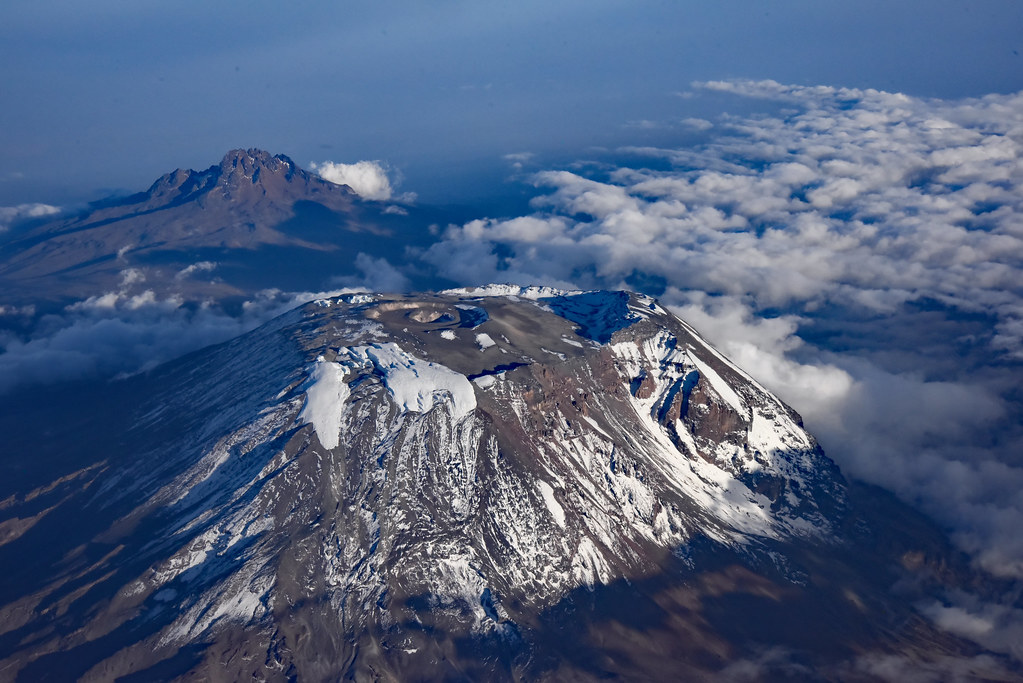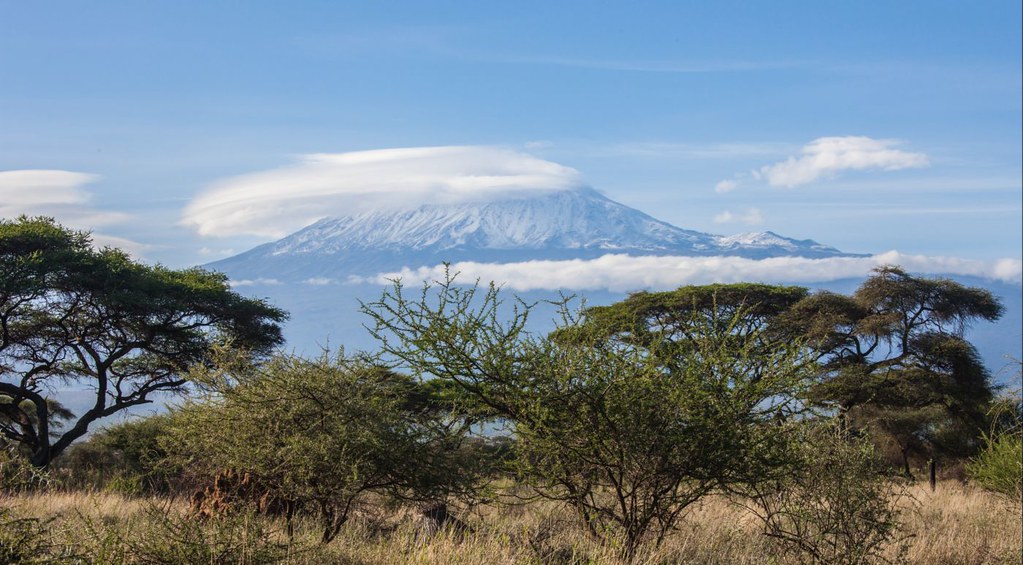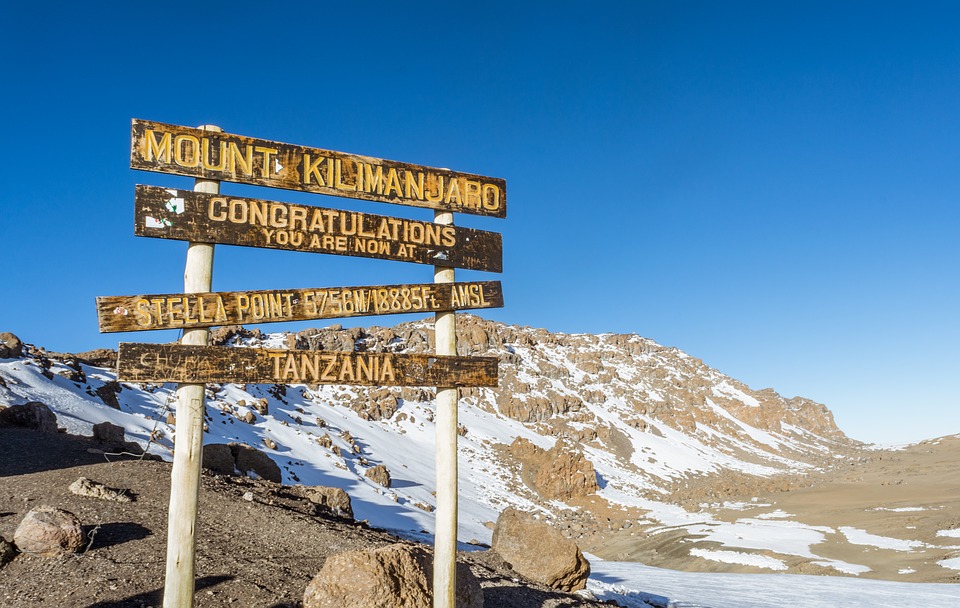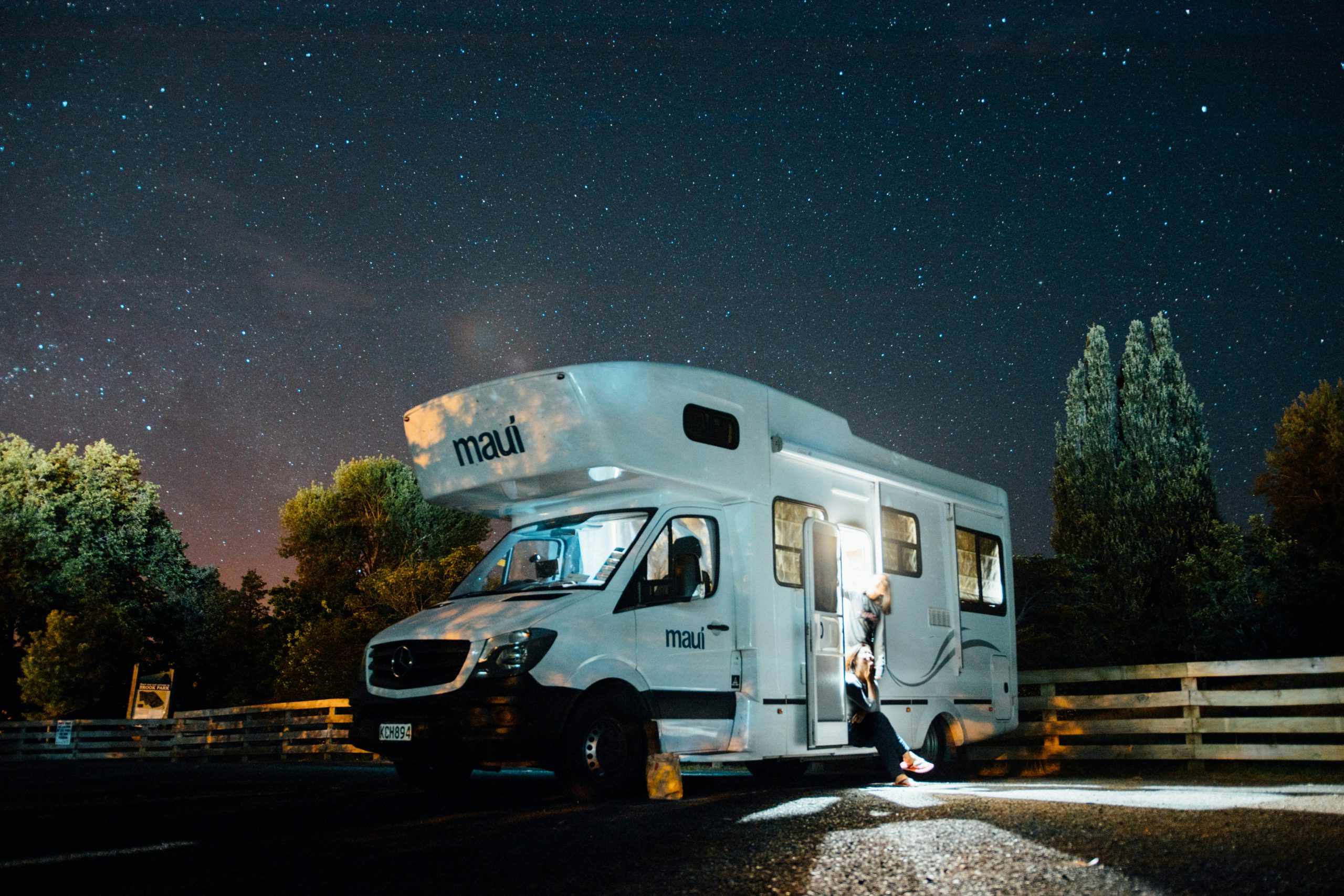For generations, the magnificent and snow-capped Mount Kilimanjaro has drawn hikers and adventurers from around the world. Kili, as it is affectionately called, is unique in many ways. At 5895m (19,340ft) the summit of Kilimanjaro is the highest point on the continent of Africa, and the tallest free-standing mountain in the world. Despite its height and grandeur, Kilimanjaro is also accessible as the summit can be reached without any technical climbing. If standing on the rooftop of Africa isn’t already on your bucket list, perhaps it should be!
Kilimanjaro – the Basics
Mount Kilimanjaro is a part of Kilimanjaro National Park in northern Tanzania. It has three main volcanic peaks: Kibo, Mawenzi, and Shira. Hiking Kilimanjaro takes you on a tour of 5 distinct ecosystems or vegetation zones, from tropical to alpine and arctic. There is truly no place like it anywhere on Earth!
Kilimanjaro Stats:
Location: East Africa – Northern Tanzania near the Kenyan border
Nearest Airport: Kilimanjaro airport (approximate 1 hr drive)
Nearest City: Arusha, Tanzania (128 km/80 miles)
When to visit: January/February and August/September have the best chance of good weather
Time to Summit: a minimum of 5 days, depending on the route
Summit Success Rate: approx 50% overall, but varies significantly for different routes and guides.
Planning your trip

Travel
Direct flights to Kilimanjaro airport (airport code JRO) are only available from a handful of cities in Europe, Africa, and the Middle East. Most visitors will need to connect through one of these cities. Connecting through Nairobi, Kenya usually offers the best options considering both schedule and price. There are also a variety of bus options from Nairobi to the town of Moshi, where most Kili hikers begin their journey.
Budgeting
Reaching the summit of Kilimanjaro is not a low-budget endeavor, and too much cost-cutting can end up costing you the chance to reach the summit. Actual costs will vary based on where you travel from, which route you take to the top, and which guide company you choose. As you plan your budget, be sure to include these expenses:
- Travel to and from Kilimanjaro airport (from New York, Los Angeles, or Dallas approx $2,000 per person)
- Travel within Tanzania
- Food and accommodations before and after your trek (usually inexpensive)
- Admission and fees for Kilimanjaro National Park (often paid as a part of a guide package)
- Guide package (usually includes porters, cook, guide, camping equipment, and food; plan on $1500 and up)
- Equipment rental (optional: sleeping bags, rain gear, warm clothes, hiking poles, backpacks; when traveling internationally many hikers choose not to bring their own)
- Visas and immunizations
- Tips (for guides, porters, cooks, etc. Customarily $200+ per climber for the trip)
Keep in mind that proper equipment, good food, and experienced guides are all essential parts of a safe and successful summit attempt. Saving a few hundred dollars might not seem worth it if you leave Tanzania without reaching the summit. Read more about budgeting to climb Mount Kilimanjaro.
Choosing a guide company
Registered guides are required for all routes up Kilimanjaro. There are hundreds of guide companies available, and choosing one can be a daunting task. If possible, look for personal recommendations from someone you know or a travel blogger who does not stand to gain financially from their recommendation.
There are many factors to consider when choosing a guide. Cost is on the list, but shouldn’t be the primary factor. Compare the companies based on success rates, experience, ratios of hikers to porters and guides, which routes they offer, and how many hikers will be in your group.
More tips on choosing a Kilimanjaro guide.
Choosing a route and schedule
There are six official routes to choose from to climb to the summit of Kilimanjaro, as well as several unofficial routes offered by some guide companies. Each route has advantages and disadvantages and a set of rules determined by how you chose to ascend the mountain.
All ascent routes but one require camping in tents. The Marangu route offers accommodations in A-frame huts along the way. Hikers choose this route for the chance to sleep in bunk beds with mattresses and use flushing toilets. It is the only route that can be completed in 5 days, which reduces costs. It is also the most crowded route and has the lowest success rate.
Factors to consider when choosing a route include time frame, level of difficulty, accommodations, crowd, and how much of the surrounding nature you wish to see. All of these things can directly influence the cost of your trip. Keep in mind that the shorter routes are cheaper, but the longer routes are more likely to succeed, in part because the body gets more time to acclimate to the altitude.
Read here for a detailed description of each route, including maps.
Visas and Vaccinations
The list of required vaccinations can change over time, so be sure to check for up-to-date traveler information for Tanzania and any other country you will visit on your trip (if you travel through Kenya, for example.) Remember that some vaccinations require multiple doses spaced over several months.
Common vaccinations for Tanzania include yellow fever, typhoid, polio, hepatitis A, tetanus, meningitis, and rabies. The risk of malaria on Kilimanjaro is low due to the altitude, but if you plan to travel elsewhere in Tanzania, consult your doctor about an antimalarial medication and be sure to begin taking it before you leave home.

A three-month tourist visa for Tanzania should be obtained from the Tanzanian embassy in your home country prior to travel. If this is not possible, they can be acquired in person at one of four main points of entry, provided you show proper health documentation. This can cause delays in your trip, so it is recommended that travelers secure the necessary visas in advance.
Preparations
Physical Training
Being in good shape is helpful for Kilimanjaro, but you don’t have to be a marathon runner or a world-class athlete to succeed. The best way to prepare physically for this trek is to take lots of long hikes to get your body used to walking for hours on uneven ground. If you are unaccustomed to backpacking – hiking for several hours, sleeping on the ground in a tent, then walking several hours more the next day – then this is an experience you should have a few times before leaving for Tanzania.

Altitude
Most people who do not reach the summit of Kilimanjaro fail to do so due to altitude sickness. Being in good shape will not protect you from the effects of altitude. In fact, athletic young men are the demographic most likely to succumb to these effects because they tend to hike too quickly. Your body has to work harder for every breath and every step at these altitudes. The slower you go, the more likely you are to make it. The more time you spend at higher altitudes before your trek, the better you will feel. Adding an extra day or two to your itinerary adds to your costs, but it will help you adjust.
Read more about altitude sickness prevention and symptoms.
Equipment
The right equipment makes or breaks on Kili. Be prepared with everything you need to be successful!
A sturdy pair of well broken-in hiking boots is a necessity. Don’t wait until your second day on the mountain to discover your boots give you blisters. The right clothing is also essential. Remember that you’ll be hiking through five different climate zones, including arctic, so pack accordingly. Layers of wicking performance fabric and fleece will serve you well. Leave the cotton at home. Be sure that you and your gear can stay dry if it rains.
Nights are cold, and the final summit hike starts hours before dawn, so being able to stay warm enough will help you sleep well and reach the summit. Good clothes, hats, and sleeping bags will help you stay cozy in your tent. A headlamp is also important. Most guide companies will rent the necessary equipment if it is too much to travel with or you do not currently own adequate equipment. Be sure to add the cost of purchasing or renting equipment to your budget.
Read more about what to pack when you climb Kilimanjaro.

The planning and preparation might seem overwhelming, but the experience of reaching the summit of Mount Kilimanjaro – the rooftop of Africa – will be well worth it! Just take it one step at a time, both before your trip and throughout your climb. Before you know it, you’ll be on top of the world!








